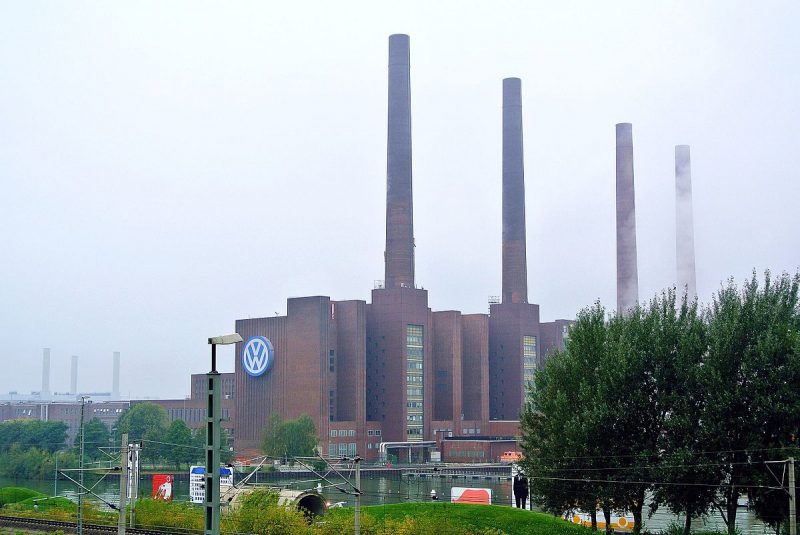More than 75 years after WWII, workers at the Wolfsburg Volkswagen Manufacturing Plant in Germany do not expect to have sudden reminders of the event – within their own factory. However, while the expansion of the facilities was in progress, some metal parts were located that turned out to belong to unexploded bombs which had quietly lain there for all that time. As explosives are erratic in their behaviour – more so after being undisturbed for so long – it was not a very comfortable situation for those having to work in proximity to such a “time-bomb!”
The Wolfsburg plant was originally commissioned in 1938, for the purpose of supplying ordinary people with a motor vehicle which eventually turned out to be the familiar, and much loved ‘beetle,’ which became an icon. That had to be delayed somewhat, for, with the onset of the war, the factory was immediately converted to enable it to support the war effort. The Wolfsburg plant thus became an important centre for the manufacture of jeep-type military vehicles as well as for the manufacture of various aircraft supplies. It also became a centre for repairing certain types of warplanes.
Inevitably such a plant became the target for bombing raids, for the Allies attempted to destroy all manufacturing plants such as this one, in an attempt to stem the flow of German manufacturing centres – particularly those concerned with the supply of any war machinery.
The plant suffered repeated raids, and while the factory was often badly damaged by the bombing, the work continued. Some the bombs did not explode at that time, but most of them were later found and defused. Some bombs, however, remained buried and did not even explode when later the area was cleared, even when rebuilding took place on the site. They remained there, undiscovered and unexploded; undisturbed for all these years.
When the new building extensions began at this already massive manufacturing facility, the construction workers uncovered some pieces of metal which, on closer inspection, were found to be sections of an unexploded bomb. These bomb pieces resulted in a search for yet more explosives. There was obviously a great worry for the safety of the many workers in the immediate area as well as for those residents who lived in the nearby surrounds.
This latest discovery was not the first that had been located at the Wolfsburg site; over the years there have been similar discoveries. Throughout much of Germany, there are places where such discoveries have been made, for, over time, the concealed explosives seem to work their way up to the surface.
The unexploded bomb was judged, by experts, to be safe enough for work to continue without a break in the production schedules. Volkswagen has a policy of Sunday shutdowns, besides which, as the VW representative stated, the removal of this bomb would be undertaken once the factory operations phased down, due to the normal three-week summer shutdown period. The ‘down’ time would be used to allow the experts to check the unexploded bombs properly.
On the day determined for the defusing of this bomb, the approximately 700 nearby residents were evacuated for the duration of the exercise. The bomb turned out to be about 400lbs, of American origin, and fairly easy to de-fuse.
